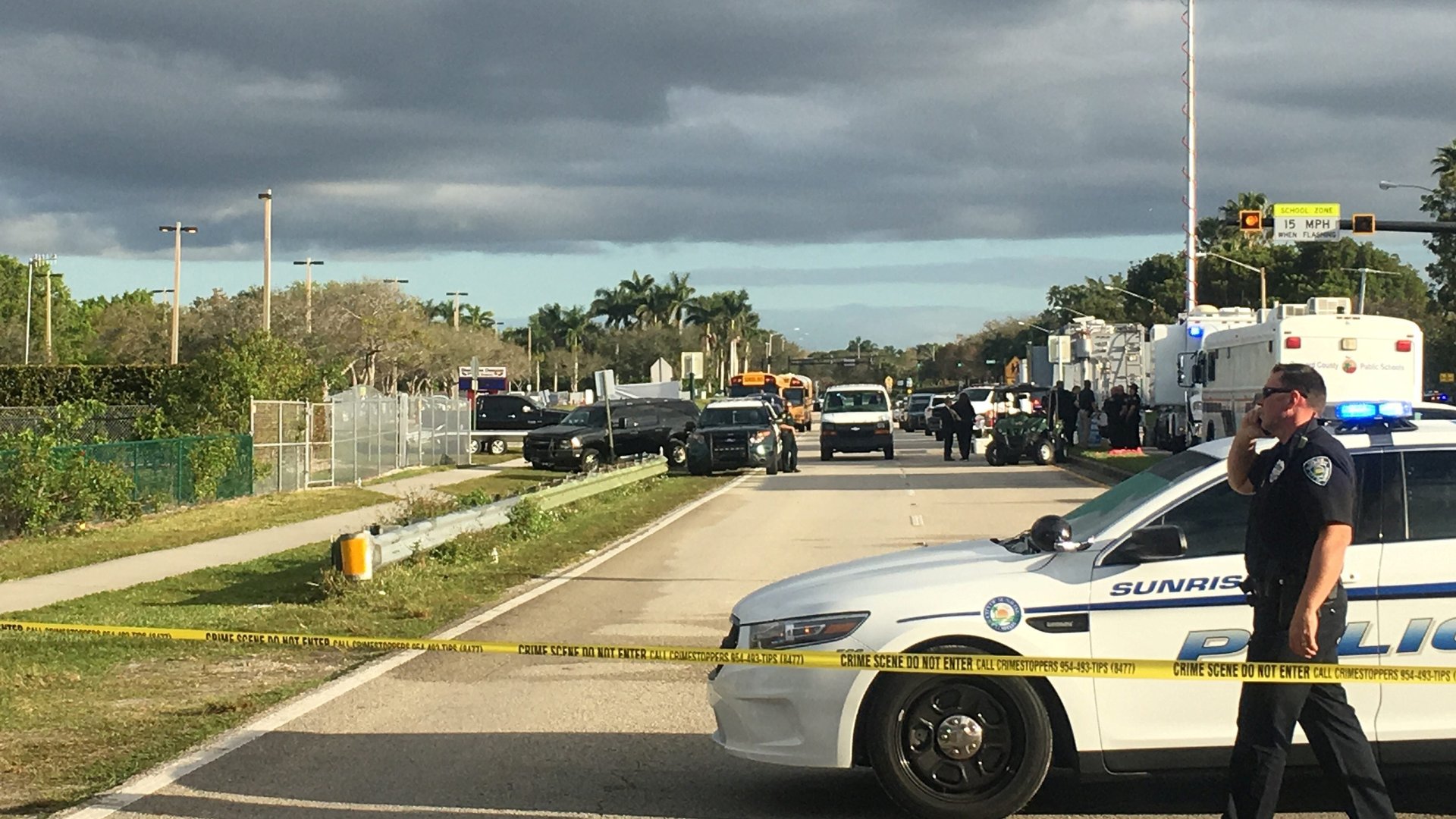Florida shooter Nikolas Cruz shared a trait with other mass killers: He abused women
Broward County School District Superintendent Robert Runcie said yesterday that they had no “warnings” or “signs” that former student Nikolas Cruz would kill 17 people at his old school. But Cruz shared at least one trait with most mass killers in modern America: He abused women.


Broward County School District Superintendent Robert Runcie said yesterday that they had no “warnings” or “signs” that former student Nikolas Cruz would kill 17 people at his old school. But Cruz shared at least one trait with most mass killers in modern America: He abused women.
The 19-year-old was abusive towards his ex-girlfriend and was expelled after getting in a fight with her new boyfriend, one student told the New York Times (paywall). He was taken with another student “to the point of stalking her,” his former math teacher said (paywall). Another student said he had been close friends with Cruz but cut him off after he started “going after” and “threatening” a female friend of his.
It shouldn’t be a surprise. The perpetrators of mass shootings in modern America were overwhelmingly male and had a history of domestic abuse or misogynistic shows of behavior.
Omar Mateen, 29, who killed 49 people at the Pulse nightclub in Orlando in 2016, physically abused his former wife on a regular basis.
Seungh Hui Cho, 23, who gunned down 32 people at Virginia Tech in April 2007, was accused of harassing two women at the university two years earlier. Virginia police ordered him to stop contacting the second student.
Adam Lanza, 20, shot his mother four times before killing 20 children and six adults at Sandy Hook Elementary School in 2012.
George Hennard, 35, reportedly stalked two young adult sisters and wrote them a letter in which he called women “vipers” a few months before he murdered 14 women and 9 men at Luby’s Cafeteria in Killeen, Texas in 1991. The mass-murder was thought to be driven by his hostility towards women, and witnesses said he passed over men to shoot women.
Stephen Paddock, who killed 58 people in Las Vegas last year, had a habit of berating his girlfriend in public.
Those are just the ones that make the headlines. According to one study, in more than half of US mass shootings between 2009 and 2016, the killer (almost invariably male) also shot a current or former intimate partner or a family member.
Yet after a mass shooting, that link between domestic violence and gun violence usually gets overlooked: First there’s a heated debate on gun control, which usually produces no change in law. After that, details arise about the killer’s past history of abuse, which will be largely ignored. It happened after UC Santa Barbara. After Orlando. After Fort Lauderdale Airport. And, yes, after House majority whip Steve Scalise and four others were shot in June 2017 (paywall).
Americans convicted of domestic violence are technically banned from buying guns. That doesn’t seem to stop abusers from getting hold of them. Around 1 in 35 American women say a partner has threatened them with a gun.
It all speaks to a failure to tackle domestic abuse in the US. An estimated one in four women in the US suffer domestic violence from a partner, and more from other men in their lives. At least 46% of partner violence cases were not reported to police between 2006 and 2010, according to US Bureau of Justice statistics.